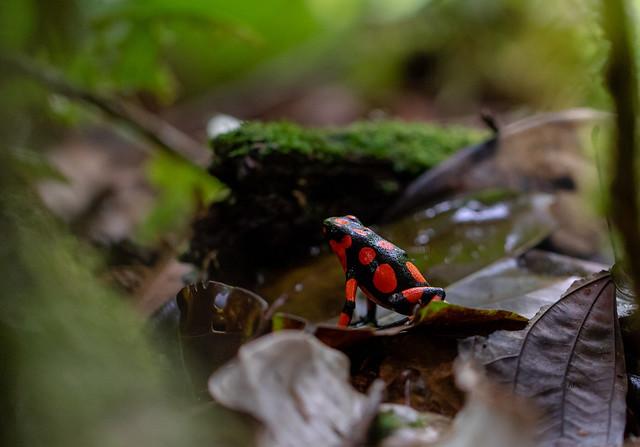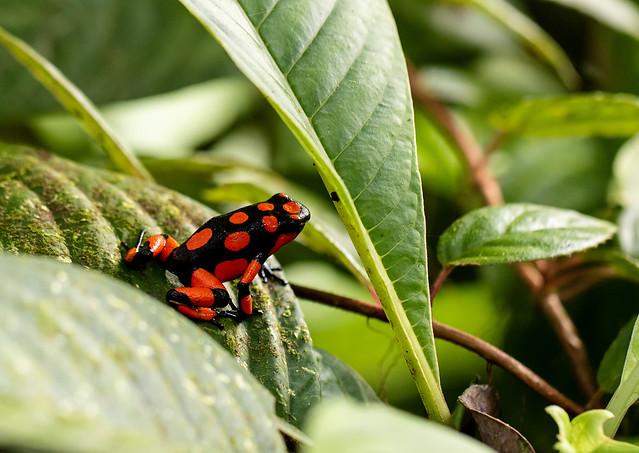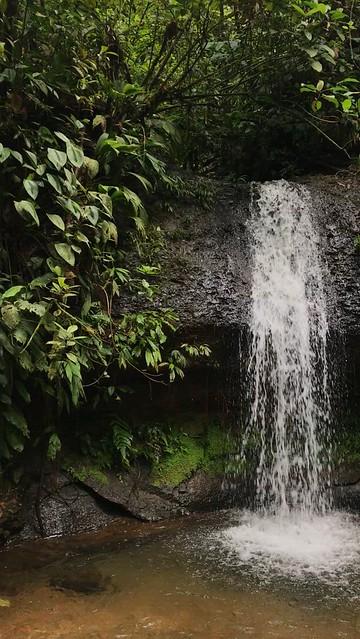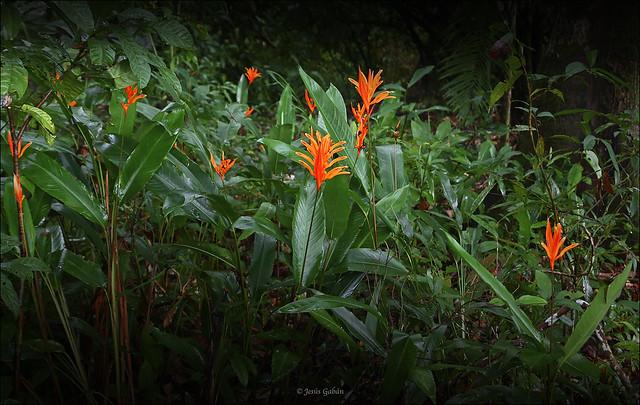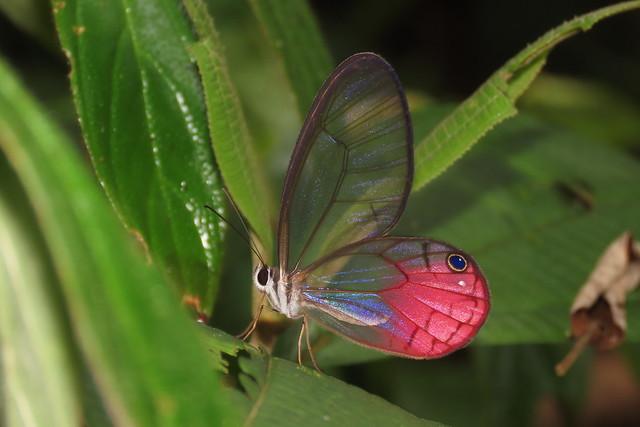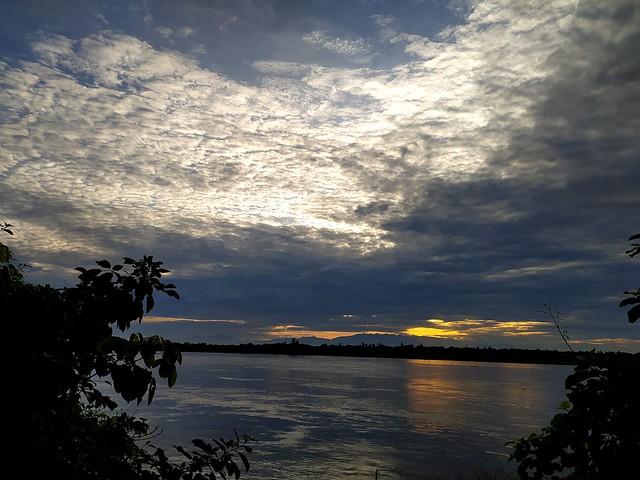Chocó
Overview
Overview of Chocó, Colombia
Chocó, located on Colombia's western coast, boasts a unique blend of natural beauty and cultural richness, making it a distinctive destination in South America. This department is bordered by the Pacific Ocean and dense rainforests, offering some of the most unspoiled and biodiverse environments on the continent. Chocó is renowned for its vibrant Afro-Colombian culture, which is reflected in the local music, dance, and festivals. One of the most captivating aspects of Chocó is its close-knit community life, where traditions are deeply rooted and passed down through generations. The region's cuisine, heavily influenced by both Indigenous and African heritage, features a variety of seafood and tropical fruits, providing an authentic taste of local flavors.
Best Time to Visit Chocó
The high season for visiting Chocó typically aligns with the dry season, running from December to April. During this period, the weather is more predictable with less rainfall, making it ideal for exploring the outdoors. Tourists can engage in a variety of activities such as hiking in the lush rainforests, bird watching, and participating in whale watching tours, as the Pacific coast of Chocó is a prime location for humpback whale migrations, especially from July to October. Additionally, visitors can explore the local rivers by boat, experience the vibrant local festivals, or relax on the secluded beaches that dot the coastline.
Preparation for Traveling to Chocó
Travelers planning a trip to Chocó should prepare for an adventure-focused experience, often in remote areas with basic amenities. It's essential to pack accordingly: include lightweight rain gear, sturdy footwear suitable for hiking, and insect repellent to protect against mosquitoes. Since Chocó is less developed in terms of tourist infrastructure, visitors should also consider health precautions, such as vaccinations recommended for travel in tropical regions. Learning some basic Spanish phrases can greatly enhance interactions with local communities, as English is not widely spoken. Lastly, respecting local customs and environmental practices is crucial in maintaining the natural and cultural integrity of the region.
How It Becomes to This
History not available

You May Like
Explore other interesting states in Colombia
Discover More Area
Delve into more destinations within this state and uncover hidden gems.


